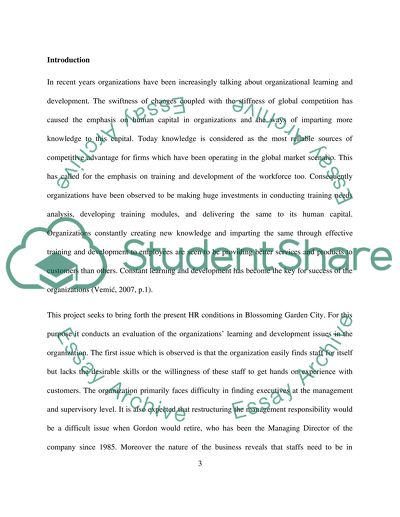Cite this document
(The Blossoming Garden Centre Case Study Example | Topics and Well Written Essays - 2500 words, n.d.)
The Blossoming Garden Centre Case Study Example | Topics and Well Written Essays - 2500 words. Retrieved from https://studentshare.org/marketing/1435366-critically-review-the-blossoming-garden-centre
The Blossoming Garden Centre Case Study Example | Topics and Well Written Essays - 2500 words. Retrieved from https://studentshare.org/marketing/1435366-critically-review-the-blossoming-garden-centre
(The Blossoming Garden Centre Case Study Example | Topics and Well Written Essays - 2500 Words)
The Blossoming Garden Centre Case Study Example | Topics and Well Written Essays - 2500 Words. https://studentshare.org/marketing/1435366-critically-review-the-blossoming-garden-centre.
The Blossoming Garden Centre Case Study Example | Topics and Well Written Essays - 2500 Words. https://studentshare.org/marketing/1435366-critically-review-the-blossoming-garden-centre.
“The Blossoming Garden Centre Case Study Example | Topics and Well Written Essays - 2500 Words”, n.d. https://studentshare.org/marketing/1435366-critically-review-the-blossoming-garden-centre.


